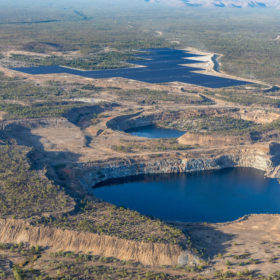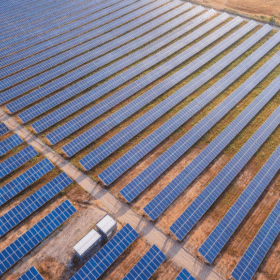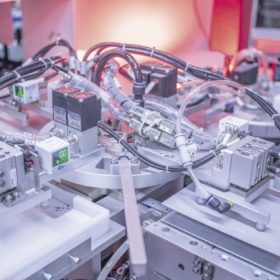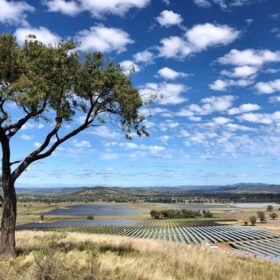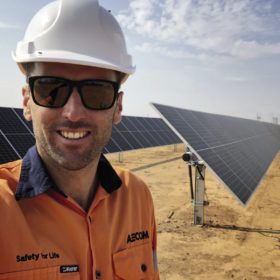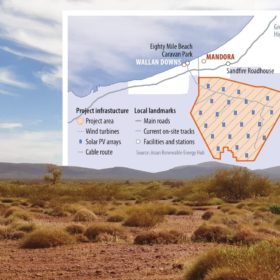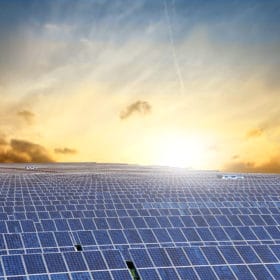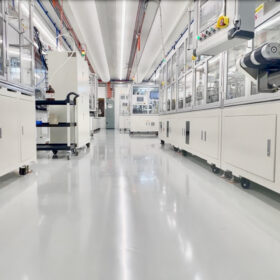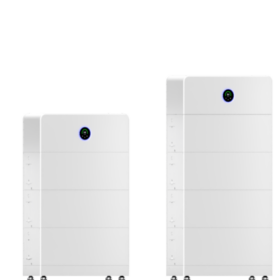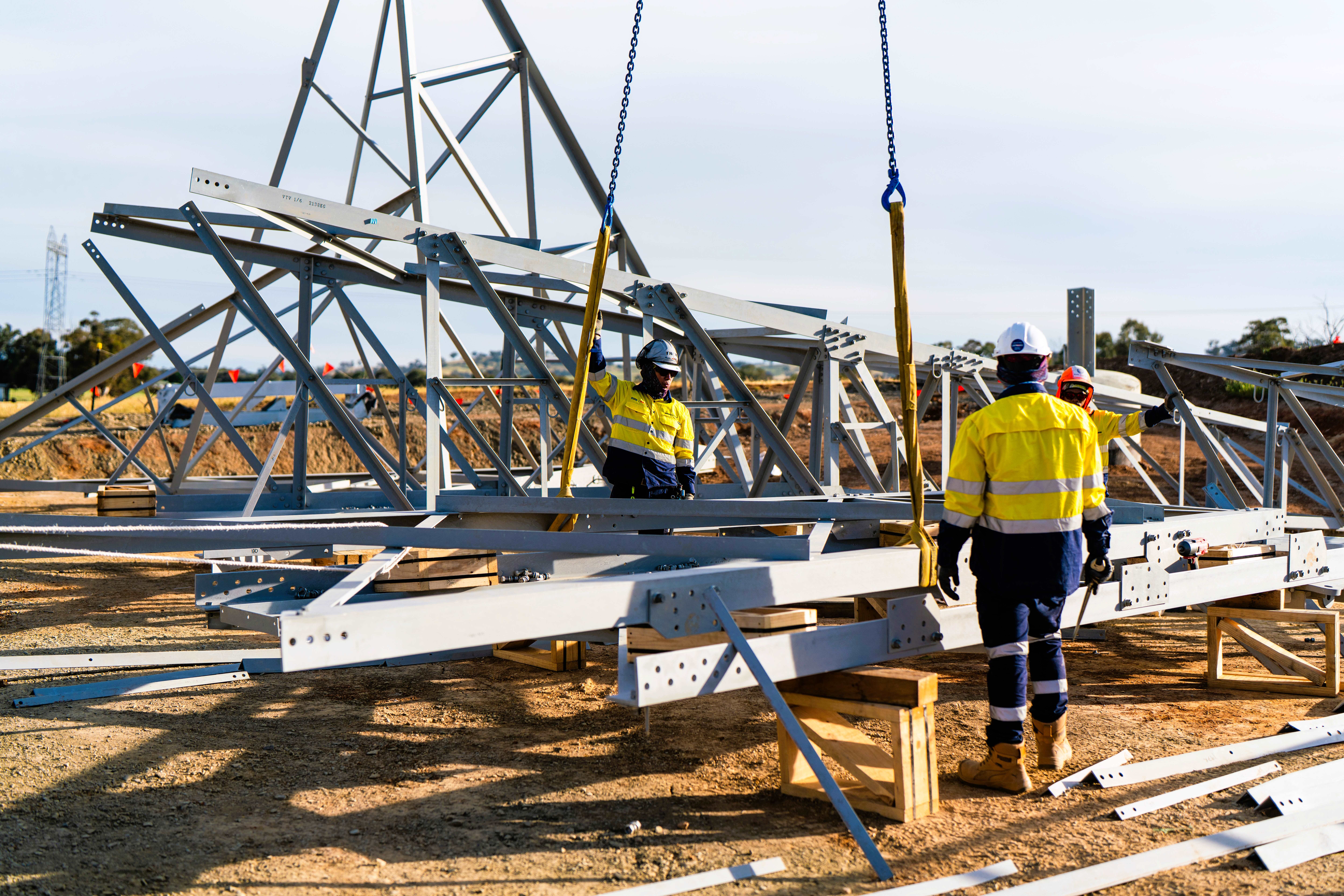Genex powers ahead with 250 MW pumped hydro project
Construction is set to commence on the 250 MW Kidston Pumped Hydro Storage Project later this month after developer Genex Power announced it had secured all the financing required to progress the $775 million project.
Wagga Solar Farm extension enabled by PPA despite Indigenous artefact destruction
Greek energy company Mytilineos and its subsidiary Metka EGN continue to put down roots in the Australian market, signing a Power Purchasing Agreement which will allow construction to commence on its 23 MW extension to Wagga Wagga North Solar Farm. The extension comes after the company was fined in January for breaching its Aboriginal Heritage Impact Permit by commencing works without first notifying Heritage NSW, leading to the destruction of Indigenous artefacts.
Solar power has to be about quality as well as quantity
Greater dispatchability will be required from solar as it becomes increasingly mainstream worldwide, or investors could experience diminishing returns as a victim of the technology’s success at bearing down on electricity prices.
JinkoSolar 2020 results reveal a resilient supply of Tier 1 solar modules
Pandemic uncertainties have concentrated key solar players and “heightened competition for ‘survival of the fittest'”, says JinkoSolar Chairman and CEO Xiande Li. The company’s latest figures show it is well placed in Australia and in the global arena.
Renewable watts up 36% on same time last year
Australia’s solar and wind generation surged in March, according to Rystad Energy’s latest Watts Generating report, and perhaps most importantly a new wave of solar PV — primarily in energy-hungry NSW — is in the commissioning phase to come fully online in coming months.
Sunday read: Australia’s next wave of large-scale solar development
Call it “latent energy” – Australia’s renewable resources are expected to help some of the world’s greatest polluters to reach their net-zero emissions targets, writes Natalie Filatoff, senior editor at pv magazine Australia.
Saturday read: 10 GW is just the beginning
Giant PV and wind projects are taking shape in Australia’s north, with the aim of supplying Asia with the clean energy it needs for decades to come. The Asian Renewable Energy Hub is one such project, as it targets green hydrogen production at a cost of $1.50/kg. Sacha Thacker, chief strategy officer at InterContinental Energy – one of the companies trying to the get the ambitious initiative off the ground – says that while the scale of projects today boggles the mind, the coming demand is more boggling still.
Solar and wind together overhaul global hydro capacity
The latest set of clean energy statistics compiled by the International Renewable Energy Agency signal a changing of the guard when it comes to clean power, with legacy hydropower facilities overtaken by new intermittent renewables.
Solar PV driving green hydrogen to undercut gas, says latest BloombergNEF forecast
BloombergNEF’s latest modelling has found that solar PV is the key driver behind an accelerating cost decline in green hydrogen. The forecast shows green hydrogen’s cost declining by 85% by 2050, undercutting natural gas as well as both blue and grey hydrogen production.
The Hydrogen Stream: Projects move forward in China, Japan, Australia and across several European countries
Sinopec wants to build 1,000 hydrogen refueling stations by 2025. Ways2H is building a facility in the Tokyo area that will convert daily 1 ton of dried sewage sludge into 40-50 kilograms of hydrogen for fuel cell mobility and power generation. Ørsted wants to deploy two renewable hydrogen production facilities for a total of 1 GW by 2030. Wacker Chemie is planning to produce green hydrogen and renewable methanol at its German site.
